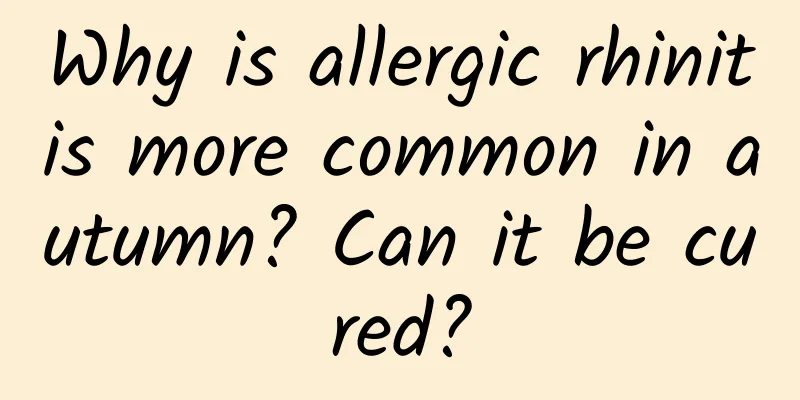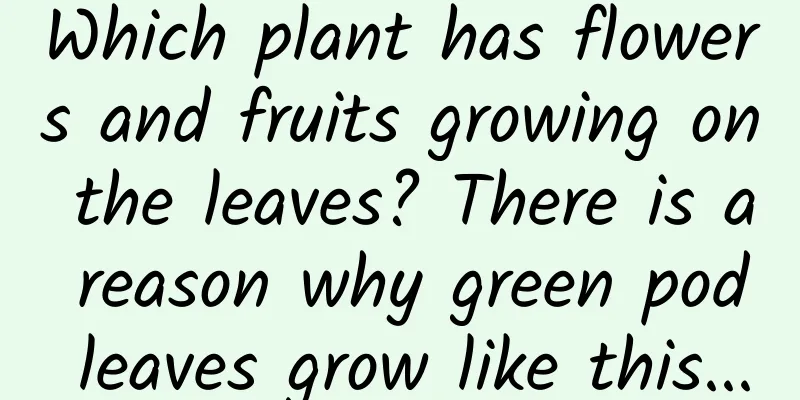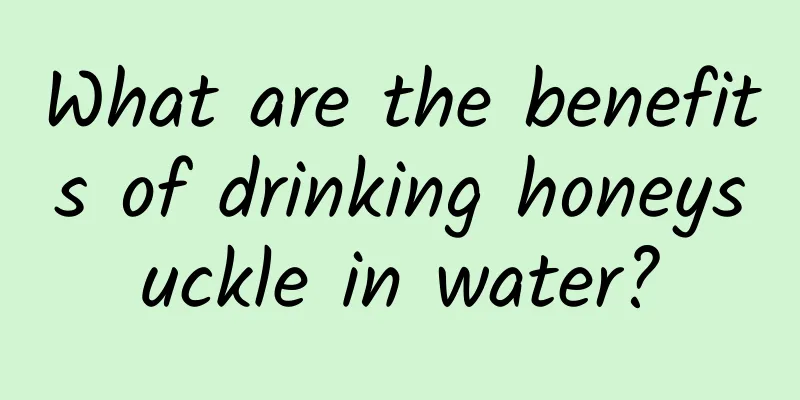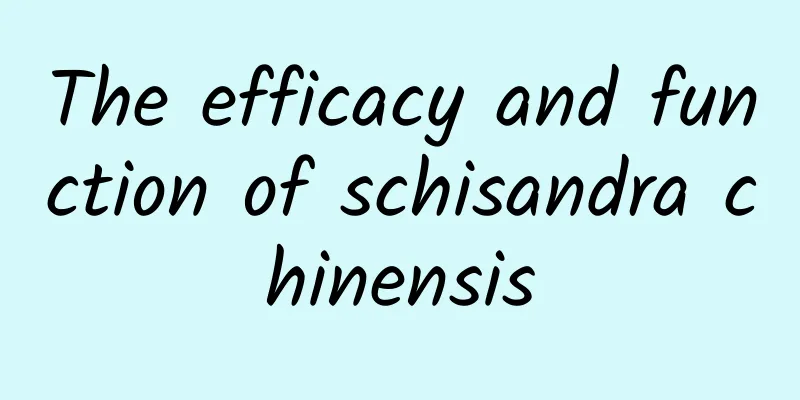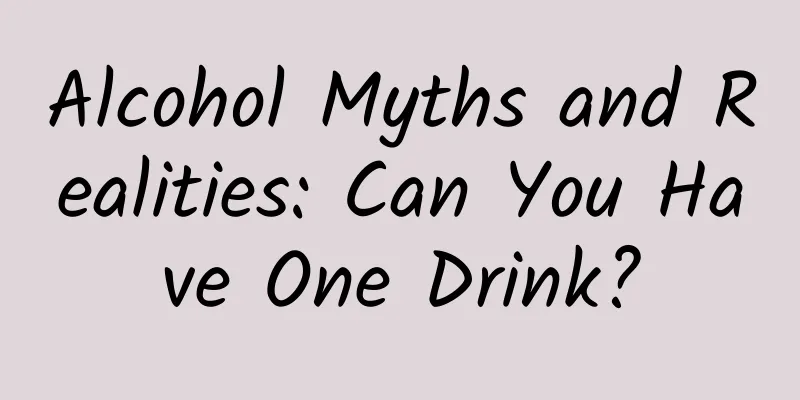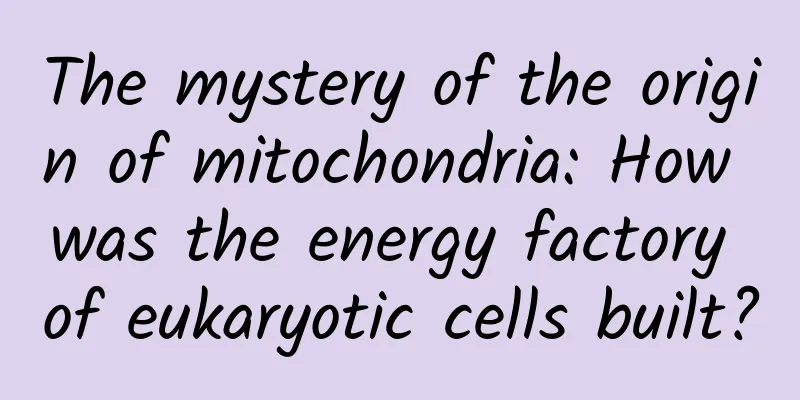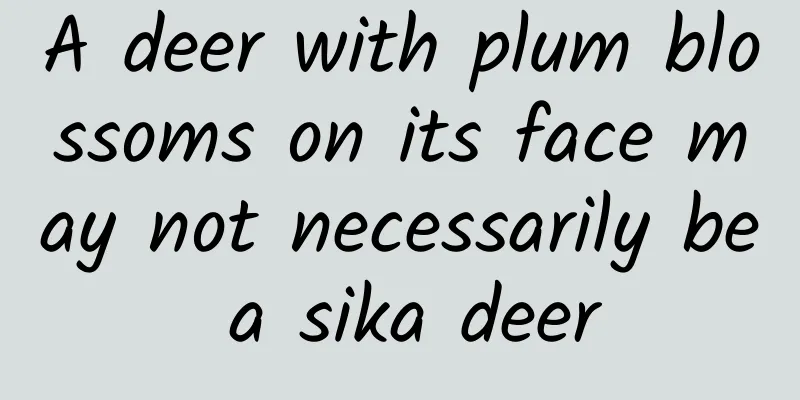What are the effects of reed root, licorice and mint?
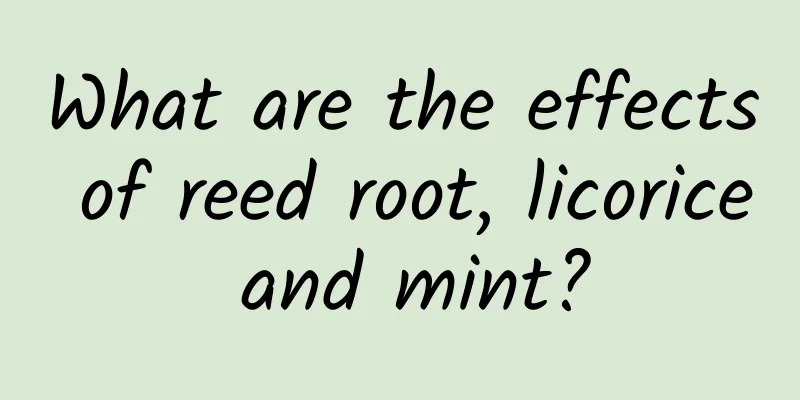
|
After understanding the side effects of drugs, we all hope to use a safe and side-effect-free method to treat our own diseases. Diet therapy has become the choice of many people nowadays. However, in daily life, we have not heard of many dietary therapy methods and do not know much about them. Therefore, many people are worried that they will cause harm to the body after consumption. So what are the effects of reed root, licorice and mint? Sangju Drink is a spicy and cool antipyretic medicine, composed of eight herbs: mulberry leaves, chrysanthemum, almond, forsythia, mint, platycodon, licorice, and reed root. This prescription is good at clearing away wind and heat, and is therefore often used for symptoms of exogenous wind-heat and the initial stage of cough. Wind-heat attacks the lungs, causing the lungs to lose their ability to clear and purify themselves, leading to qi reversal and coughing. The invasion of evil is light, so the body is not very hot and the mouth is slightly thirsty. Therefore, the treatment should be pungent to dispel wind and cool to clear the lungs. This prescription uses mulberry leaves to clear the heat in the lung meridians and chrysanthemum to clear and disperse the wind-heat in the upper part of the body, and they serve as the main medicine. I use the spicy and cool mint to help mulberry and chrysanthemum to disperse the wind-heat in the upper part of the body, and platycodon and apricot kernel, one rising and one descending, to relax the muscles and clear the lungs to stop coughing. Forsythia suspensa clears the heat above the diaphragm, while reed root clears heat, promotes fluid production and quenches thirst, and is used as an adjuvant. Licorice harmonizes various medicines and serves as a guiding drug. The combination of these medicines has the effect of dispelling wind and heat, promoting lung function and relieving cough. However, the medicine is light and weak. If the pathogenic factors are strong and the disease is serious, you can choose the medicine by adding or subtracting from the original prescription. 1. Antipyretic: This prescription, administered orally at a dose 15.40 times the adult dose, can significantly reduce the body temperature of fever model animals (rabbits and rats) induced by pentavalent vaccine and brewer's yeast, and the effect is similar to that of compound aspirin 0.2 mg/kg. Another experiment used antipyretic as an indicator to determine the pharmacokinetic parameters of oral Sangju Drink in rats, and it was found that it basically had the characteristics of a one-compartment model, t1/2. It is between 1.1-2.2 hours, the duration of action is between 6-12 hours, and the peak time after oral administration is within 2 hours, which is similar to Ma Huang Decoction, Yinqiao Powder, and Guizhi Decoction. It has the characteristics of rapid absorption, rapid onset, rapid excretion, and short duration of action, which meets the application characteristics of antipyretic agents. 2. Anti-inflammatory: Sangju Drink has a strong inhibitory effect on the experimental acute inflammation model. In addition, this prescription can significantly increase the cholesterol content in the adrenal glands of rats, elevate the levels of aldosterone and cortisol in plasma, reduce the vitamin C content in the adrenal glands, and stimulate the hypothalamus-pituitary-adrenal cortex axis, revealing that its anti-inflammatory effect is achieved through the integration of multiple pathways. 3. Sweating: Sangju Drink was administered orally to rats, which increased the secretion of sweat glands in normal rats. The peak of the sweating effect was generally 1.5-2.0 hours after administration. 4. Antibacterial: Mulberry leaves, chrysanthemums, forsythia, mint, almonds, licorice and the whole formula have been shown in vitro experiments to have significant inhibitory effects on Staphylococcus aureus, hemolytic Streptococcus, Cardiac bacteria, diphtheria Corynebacterium, Escherichia coli, etc. 5. Inhibition of intestinal hypermotility: Sangju Drink can significantly inhibit neostigmine-induced intestinal hypermotility in mice. The minimum effective dose is 0.103g/kg oral administration, which is equivalent to the effect of the clinical equivalent dose. The elimination half-life is 4.20 hours, the effect duration is 27.70 hours, and the peak effect time is 1.13 hours. Although many medicinal herbs are beneficial to our body when taken alone, if they are taken together with many other medicines, they will cause the production of toxins. We cannot blindly take care of our own bodies based on the treatment experience of others. Everyone's physical condition is different, and what is suitable for others may not be suitable for ourselves. |
<<: What are the effects of Ophiopogon japonicus and licorice tea?
>>: What are the effects of cassia seed, licorice and tangerine peel?
Recommend
The efficacy and function of black leaf root
I believe many people are familiar with the Chine...
What happened on the day the dinosaurs went extinct? Silicate dust may tell you
Science Times reporter Wu Tong A climate research...
Did a main-belt comet collide with the source of life?
Where does the water on Earth come from? Recently...
Effects and pictures of Yexiahong
Nowadays, the environment is deteriorating seriou...
Pheasant's functions and effects
Pheasant, a traditional Chinese medicine, is ofte...
The full-face photo of the world's only wild white giant panda has been released. The dark circles under its eyes seem to have been "Photoshopped out". What is the reason for its rare fur color?
Xinhua News Agency reported that on May 27, the S...
Today, it was officially unveiled! So beautiful!
This morning South China National Botanical Garde...
What are the medicinal values of Panax notoginseng powder?
I believe that everyone is not aware of the main ...
World Obesity Day丨"Puffy" or Strong, which type of obesity are you?
May 11 is the annual World Obesity Day. The homon...
China's diving "Dream Team" won the first and second place! Do you know how to scientifically suppress splashes in diving?
On March 4, Beijing time, in the women's 10-m...
Why are vaccines never given in the buttocks? Why are they only given in the arm, which is super painful?
inject That may be everyone's childhood shado...
Insect repellent
Can Cordyceps be placed in the bedroom? Cordyceps...
The efficacy and function of tea tree root
Tea tree root is a very common Chinese medicine a...
The efficacy and function of Baiwei
Baiwei is a very good medicinal herb. It is often...
